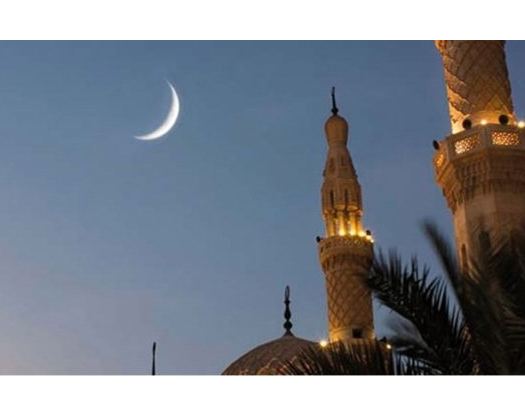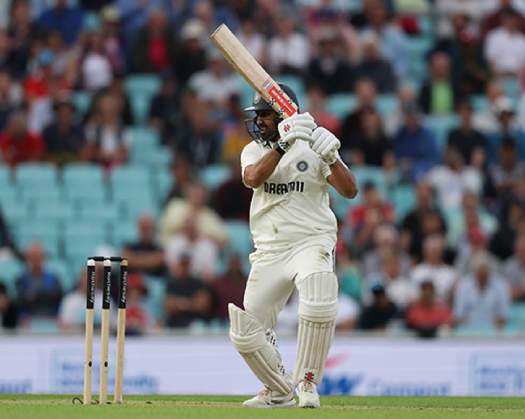Muscat: According to the International Astronomical Center, the first day of Eid Al Adha will be Friday, June 6, 2025, in most Muslim countries.
The Islamic world will observe the crescent moon of Dhu al-Hijjah 1446 AH on Tuesday, May 27, 2025 AD. The crescent moon may be viewed via telescope in Central and Western Asia, the majority of Africa, and Europe, and with the naked eye in much of the Americas.
Since the crescent moon will be visible in the Islamic world on Tuesday, Wednesday, May 28, Dhu al-Hijjah is expected to begin on Friday, June 6, with Eid al-Adha being celebrated in the majority of Islamic countries.
The surface calculations of the crescent moon at sunset for certain Arab and foreign cities on Tuesday, May 27, are as follows: In Jakarta, the moon will set 9 minutes after sunset, with an age of 9 hours and 2 minutes. Even with a telescope, the crescent moon cannot be seen in Jakarta. In Abu Dhabi, the moon sets 38 minutes after sunset, at an age of 13 hours and 29 minutes, and is 7. 7 degrees distant from the sun.
In Mecca, the moon sets 39 minutes after sunset, at 14 hours and 17 minutes, and is 8. 1 degrees distant from the sun. In Abu Dhabi and Mecca, the crescent moon may only be observed using a telescope.
In Amman and Jerusalem, the moon sets 48 minutes after sunset, at a lunar age of 14 hours and 46 minutes and a distance of 8. 4 degrees from the sun. The moon sets 47 minutes after sunset in Cairo, at the age of 14 hours and 54 minutes and a distance of 8. 5 degrees from the sun. In Rabat, the moon sets 58 minutes after sunset, at 17 hours, and its distance from the sun is 9. 9 degrees. It is tough to spot the crescent moon in Amman, Jerusalem, Cairo, and Rabat with the naked eye, and it requires very clear sky.
To comprehend the significance of these figures, it is necessary to remember that the shortest time a crescent could be seen with the naked eye was 29 minutes, while the shortest age of a crescent that could be seen with the naked eye was 15 hours and 33 minutes. It is not enough for the crescent to be greater than these values in order for it to be visible, as the sighting of the crescent is dependent on other factors such as its angular separation from the sun and its distance from the horizon at the time of observation.













